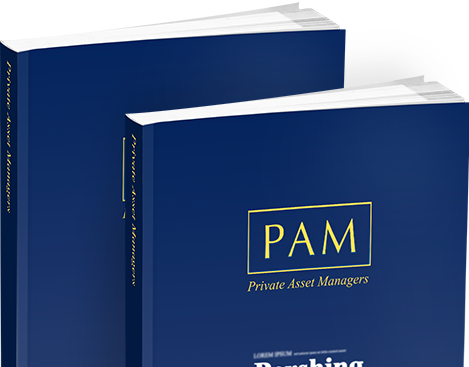Until the start of the 21st century, it was virtually unheard of for financial institutions to use and distribute products managed by another asset manager. This situation has been transformed through the development of open architecture and sub-advisory funds.
Open architecture is where a bank or insurance company sells an existing fund managed by another institution to its own customers.
Sub-advisory is where an asset manager, bank or insurance company outsources the management of a specific fund to a third party asset manager. The fund may retain its original branding, although there is increasing use of co-branding with the third party manager.
The difference between the two is that sub-advisory provides greater control to the asset manager, bank or insurer over the out-sourced mandate.
In theory, many independent financial advisers, stockbrokers and discretionary asset managers offer complete open architecture, as they should provide access to all unit trusts in the UK, as well as offshore funds and investment trusts.
Other wealth managers have not always provided open architecture. Competitive pressure, however, has meant that most private banks and an increasing number of retail banks and insurance companies now offer access to a growing number of third party funds. Even if a wealth manager has open architecture, however, you need to check the charges on third party funds. These can be higher than on their in-house funds.
Furthermore, the open architecture may be limited. Some wealth managers will only offer access to a handful of asset managers they have selected using their own criteria. Other wealth managers will offer a wide selection of asset managers but not a comprehensive list. Sometimes, the corporate relationships established between institutions can play a part in the manager selection process, especially those between larger banks and large fund groups. The motivation behind this can vary, but is often simply ease of access for the wealth manager to a broader range of investment strategies within one fund house, for example.
Complete open architecture can be beneficial, because it provides access to the best funds and fund managers and aids diversification.
Sub-advisory may also enable you to invest in institutional managers who are not normally marketed to retail investors. A number of major asset managers have out-sourced the management of funds to boutique managers around the world. Boutique managers are keen on this arrangement, because they do not want the expense of marketing and selling their funds themselves.
One way in which many banks and insurance companies have adopted open architecture and sub-advisory is through the introduction of multi-managers. As stated before, this can enable them to give their clients access to institutional fund managers in alternative investment classes normally only accessible to institutional investors.
Once you have decided on the type of asset manager you wish to use, the next step is to select an appropriate structure.
The PAM Directory is a comprehensive guide on comparative data focusing on asset managers, investment managers, private banks, stockbrokers, wealth managers and multi-family offices, who provide discretionary and/or advisory portfolio management services for private clients.
Order Now
Subscribe to PAM to hear about the latest news and promotions
Site Content Copyright PAM Insight Ltd 2016
This option is not available when logged in as a Private Asset Manager.
For registering with PAMonline. You should now receive an email asking you to verify your email address. If you do not receive this email, please call +44 (0)207 967 1601 for assistance.
To reset your password please enter code below.
To restore your password please enter your email below.
To see full information of the Private Asset Managers, plus the opportunity to rate and follow, login or register
For registering with PAMonline.
You should now receive an email asking you to verify your email address.
If you do not receive this email, please call +44 (0)207 967 1601 for assistance.
To return to the Home page, click here
To see full information of the Private Asset Managers,
plus the opportunity to rate and follow, login or register.
Please fill in all the fields.
To activate your account enter valid activation code below.
To resend activation email type in your registered email address below. Or contact the PAM office on +44 (0)20 7967 1608 to get instructions to activate your account.
